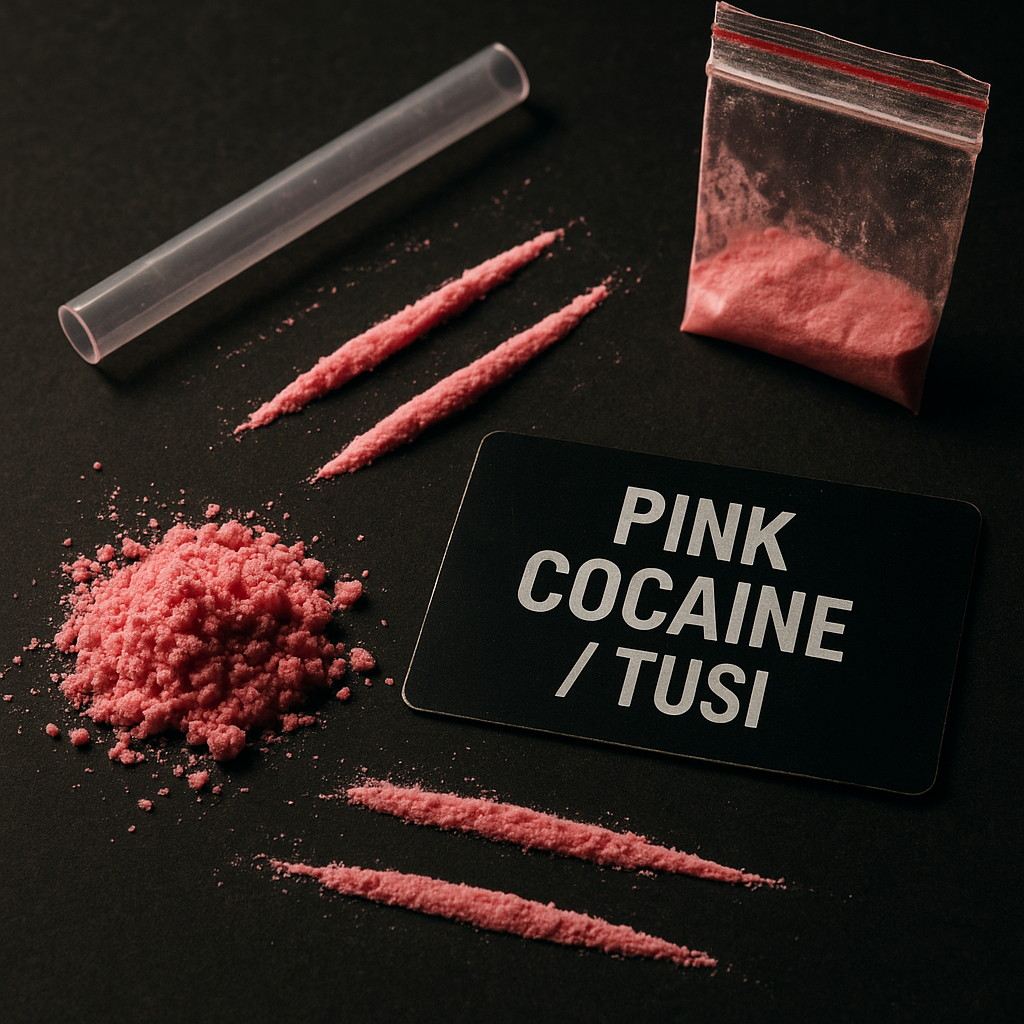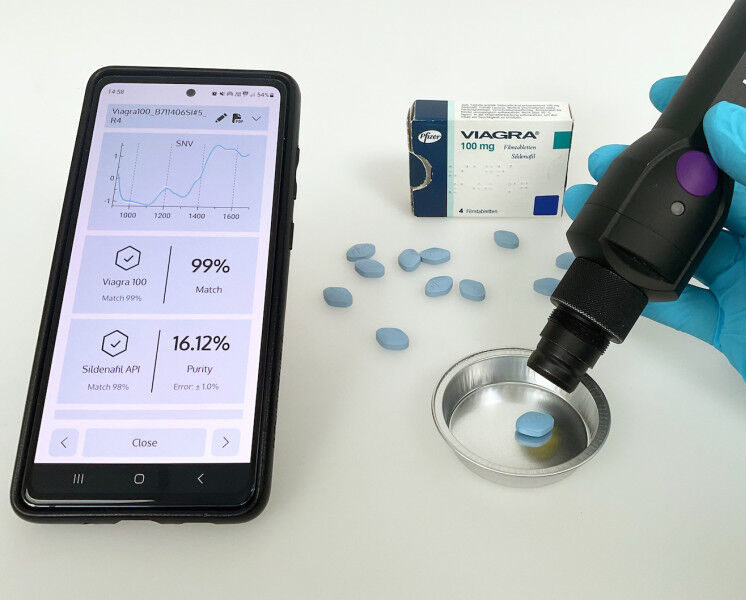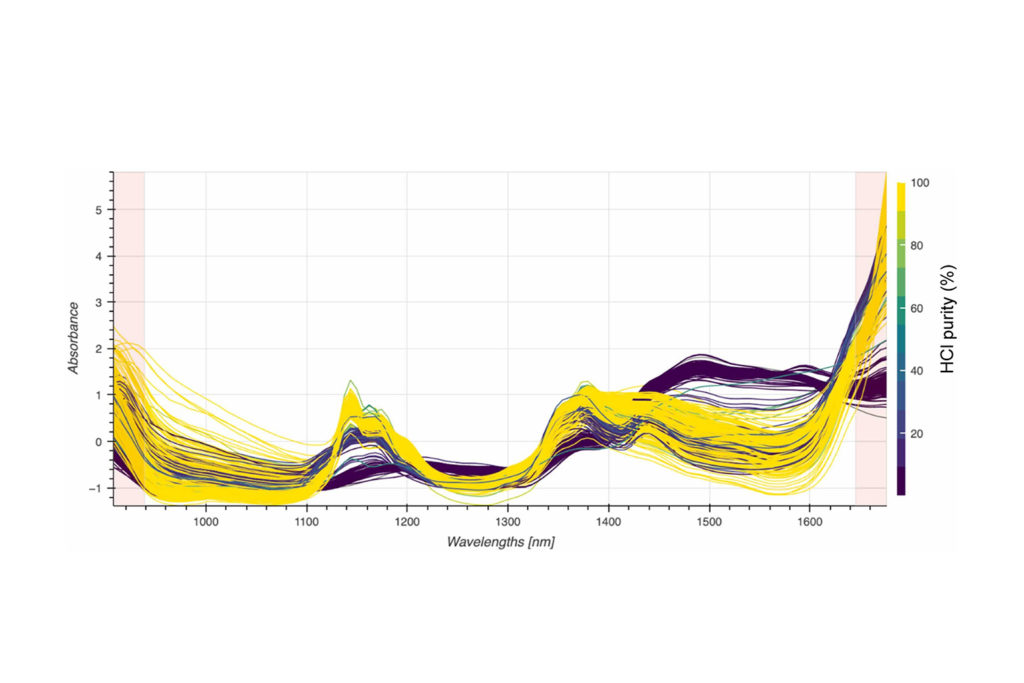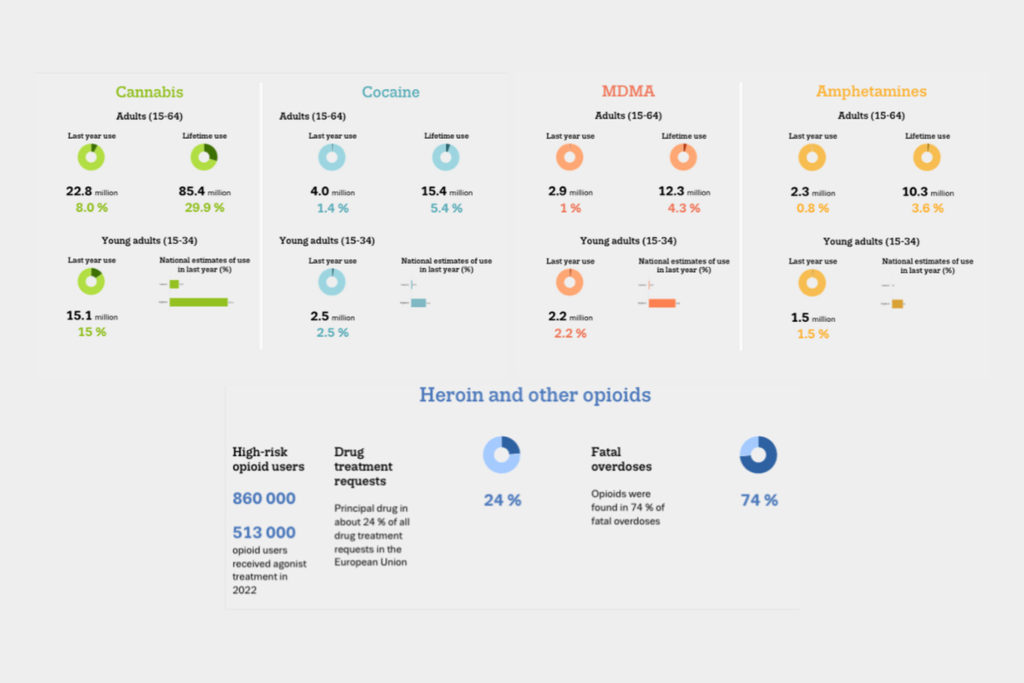
The Rise of Pink Cocaine
Pink cocaine, a synthetic designer drug, has recently attracted media attention and scientific attention, especially when it comes to its associated dangers. However, the reality is that this drug is neither new nor is it cocaine; it contains a blend of various existing substances and adulterants, in most cases, ketamine and MDMA, which have been dyed pink for branding purposes. Pink cocaine has been around in Colombia since the late 2000s, and over time, has been commonly referred to as “tusi” or “tusibi”.
Originally popular in Europe’s 1990s rave scene, 2C-B is a psychedelic known for producing effects like euphoria and mild hallucinations, often described as a mix between MDMA and LSD. When it emerged in Colombia in the late 2000s, the drug gained a trendy, designer image. To mask its bitter taste, it was dyed pink and flavored, resulting in a distinctive and appealing appearance.
As demand for 2C-B grew in Colombia, dealers began mixing it with cheaper, more available substances to replicate its effects. Over time, 2C-B was drastically reduced, and pink cocaine became a mix of various psychoactive drugs. Its use has since spread beyond Latin America. As a result, there are now increasing reports in Europe and North America.
Chemistry of Pink Cocaine/Tusi
What’s Really in “Pink Cocaine”?
Data from Erowid’s anonymous drug analysis program, DrugsData.org, sheds light on the actual contents of so-called pink cocaine. Out of 69 analyzed samples, 94% contained ketamine (65 samples) and 80% contained MDMA (55 samples). Other psychoactive substances frequently detected included various amphetamines, such as MDA, a close relative of MDMA with similar stimulant and hallucinogenic properties, though typically more psychedelic and longer-lasting.
The original designer drug 2C-B, often associated with the “pink cocaine” brand, was present in only 13% of the samples (9 cases). Despite the name, cocaine appeared in just 6% of the samples, making it a rare component — learn more about how cocaine is detected and analyzed here.
Other analyses revealed many added drugs. These ranged from benzodiazepines and opioids like oxycodone to common medicines such as diphenhydramine. Cutting agents were also widespread: lidocaine (a numbing agent often used to mimic cocaine’s local anesthetic effect) and caffeine, which not only bulks out the product but also adds to its stimulating profile.


Understanding what pink cocaine contains is only half the picture. The real danger lies in how these substances interact with each other once consumed.
Why is Pink Cocaine so Dangerous
The primary danger of pink cocaine lies in its lack of a standardized recipe. Instead of being a single compound, it is a mixture of multiple psychoactive substances, often in unpredictable combinations and doses. Its aesthetic appeal and “designer drug” reputation have fueled its popularity, contributing to glamorization while masking its risks.
Pink cocaine often mixes stimulants like MDMA and amphetamines with sedatives such as ketamine or opioids. This combination makes its effects unpredictable and potentially life-threatening. These opposing drug classes act like pressing the gas and brake pedals at the same time: they confuse vital systems, increase the likelihood of overdose, and complicate emergency medical treatment.
Common Compounds and Their Risks
| Compound | Class/ Effect | Duration | Clinical Uses | Risks/Side Effects |
Ketamine | Sedative (Hallucination, dissociation) | 0.5- 6 hours | Anesthesia, pain, depression | Heart disease, psychosis |
MDMA | Stimulant(Euphoria, arousal, relaxation, increased sociability) | 3 – 5 hours | Currently used for PTSD and anxiety | Anxiety, cognitive effects, depression |
Cocaine | Stimulant (Increased happiness, alertness and energy) | 15 -60 min | Anesthetic and vasoconstrictor | Heart failure, stroke |
Amphetamines | Stimulant (Increased endurance, alertness, euphoria, arousal) | 3- 12 hours | ADHD, narcolepsy, and obesity | Heart disease, anxiety, agitation, clogging of the arteries, glaucoma, hyperthyroidism |
Oxycodone | Sedative (Reduced sensitivity to pain) | 3- 12 hours | Painkiller for severe acute or chronic pain | Shallow breathing, slowed heart rate, cessation of breathing, death |
3-methylmethcathinone | Stimulant (Better mood, Euphoria, arousal, relaxation, increased sociability) | 30- 60 min | Social anxiety disorders, PTSD, and menstrual symptoms | Seizures, decreased body temperature, increased heart rate |
Key Risks of Pink Cocaine
- Overdose, stroke, heart failure, long-term organ damage
- Addiction and psychological dependence
- Severe mood swings, panic attacks, and hallucinations
- Impaired judgment leading to risky behaviors
- Increased fatality risk due to uncontrolled ketamine content, which can cause unconsciousness and slowed breathing
In short, the danger of pink cocaine is not just what’s in it, but the fact that you can never truly know what’s in it.
Forms of Pink Cocaine/Tusi
Pink cocaine most often appears as a fine pink powder, sometimes flavored or sweet-smelling. It is usually snorted, but can also be ingested orally or mixed into drinks.
Other common forms include gelatin capsules filled with the powder or pressed pills, which make the drug easier to swallow and help mask the bitter taste of ketamine or MDMA.

Where is Pink Cocaine Found
Although it originated in Colombia, pink cocaine has spread globally, driven by its visual branding and glamorized image that appeal to clubgoers despite its serious health risks.
- Spain: Marketed as a luxury club drug, often selling for around $100 per gram.
- United Kingdom: While “pink cocaine” itself is not formally listed, its key ingredients are controlled—MDMA and 2C-B are Class A, while ketamine is Class B under UK law.
- United States: Popular in nightlife hubs such as New York, Miami, and Los Angeles. Recent 2023 seizures confirmed its growing distribution.
Detection Challenges
Why Detection is a Challenge
Detecting pink cocaine is difficult because its composition changes constantly. Traditional field-testing kits are designed to identify a single compound, yet pink cocaine can contain a mix of many different substances.
This variability also complicates research, as users may unknowingly ingest multiple drugs, leading to underreporting of substances such as MDMA or ketamine in surveys and studies.
These challenges underline the need for advanced detection methods. This is where NIRLAB’s portable near-infrared (NIR) spectroscopy technology offers a decisive advantage.
How NIRLAB’s Technology Can Help
Due to the wide variety of substances that can be present in pink cocaine, effective detection is essential for both law enforcement and public health. This is where NIRLAB’s portable near-infrared (NIR) spectroscopy solution provides a critical advantage. Designed for frontline use, it offers non-destructive, real-time analysis, detects a broad range of compounds in a single scan, and works even through packaging. Its cloud-based platform adapts continuously to new drug trends, giving customs agents, police forces, and forensic investigators the ability to quickly identify active ingredients and quantify the main compounds. This not only strengthens border control and anti-trafficking operations but also streamlines forensic workflows by delivering results directly in the field.

At the same time, the technology also supports harm reduction efforts, especially when used in nightlife and festival settings. By providing clear, evidence-based information on what substances are present, it empowers safer decision-making and enables health professionals to intervene more effectively when dangerous mixtures are detected.

Conclusion
Pink cocaine, despite its name and branding, is not a new drug and rarely contains cocaine. Instead, it is a dangerous and unpredictable blend of substances such as ketamine, MDMA, amphetamines, and adulterants that vary from batch to batch. Its growing popularity highlights both the risks of synthetic designer drugs and the difficulties faced by law enforcement and health professionals in detecting and controlling them.
Traditional testing methods can’t keep up with these constantly changing mixtures. This is where NIRLAB’s portable near-infrared (NIR) spectroscopy solution stands out: it provides rapid, non-destructive analysis, detects multiple compounds in a single scan, and adapts to emerging drug trends through its cloud-based platform. By equipping customs agents, police forces, and forensic laboratories with reliable, real-time detection tools, NIRLAB strengthens the fight against trafficking and distribution.
NIR Technology and Harm Reduction
At the same time, the technology has an important role in harm reduction. When used in nightlife, festivals, or supervised settings, it empowers both users and health workers with clear information on the substances present, enabling safer decisions and more effective interventions.
As pink cocaine continues to spread across regions and evolve in composition, the need for flexible, field-ready detection tools becomes ever more urgent. With NIRLAB’s innovative technology, the future of pink cocaine analysis can move beyond uncertainty, providing clarity for law enforcement, public health, and harm reduction alike.
To delve further into the world of spectroscopy and discover the full capabilities of NIRLAB’s technology, we invite you to explore our other insightful articles, here. For personalized inquiries, reach out to us at contact@nirlab.com.
NIRLAB // Just Truth


